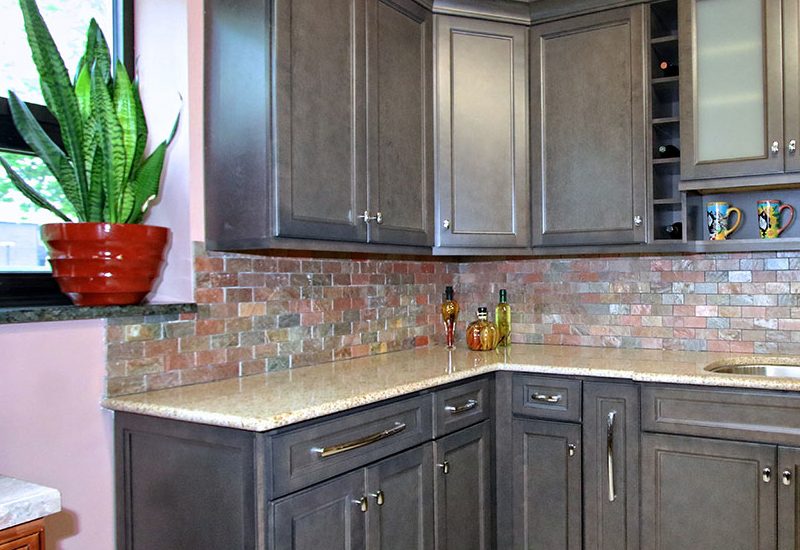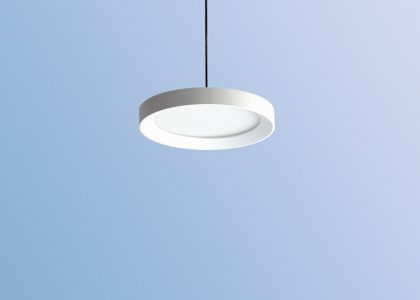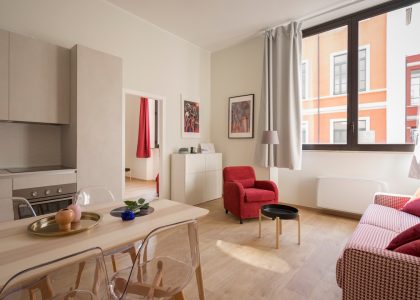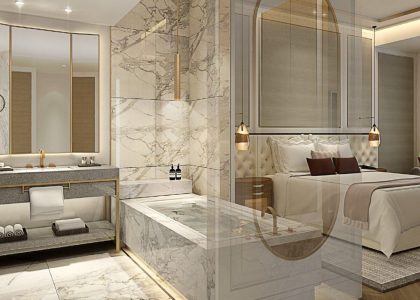The Basics of Scandi Design
Scandi design, also known as Scandinavian design, originated in the Nordic countries of Denmark, Norway, Sweden, Finland, and Iceland. It is characterized by its minimalistic, functional, and simplistic aesthetic. Scandi design places emphasis on using natural materials, such as wood, leather, and wool, over synthetic or artificial materials, and often features neutral, muted colors such as white, gray, and beige.
Scandi design emphasizes functionality and simplicity over extravagance and ornamentation. Furniture and decor is often designed with efficient and practical use in mind, with multi-functional pieces that can be easily adapted to various situations. This is reflected in the popularity of modular furniture and convertible pieces that can be transformed into different forms for different purposes.
The Evolution of Scandi Design
Over the years, Scandi design has evolved to encompass a wider range of styles and influences. Although minimalism and functionality are still important tenets of Scandi design, the trend has expanded to include a wider range of colors, patterns, and textures. Modern Scandi design has also integrated more contemporary and global influences, while still retaining its core values of simplicity and sustainability.
In addition, Scandi design has made its way into diverse fields beyond home decor, including fashion, food, and technology. The hallmark minimalistic and functional approach that is so prevalent in Scandi design has become a positive attribute in everything from apparel to digital applications, and has earned the trend a lasting place in contemporary design culture.
The Environmental Implications of Scandi Design
Scandi design is also closely associated with sustainability and responsible consumption. The use of natural materials, minimalism, and functionality all contribute to a sustainable and environmentally conscious lifestyle. As society becomes more aware of the environmental impact of consumerism and waste, Scandi design offers a path towards a more intentional and efficient way of living.
Beyond the choice of materials, Scandi design also prioritizes longevity and durability of products. Instead of disposable or fast-fashion items, which generate a significant amount of waste, Scandi design emphasizes quality and durability in all designs. Whether it is a piece of furniture or a garment, Scandi design encourages responsible consumption by encouraging buyers to invest in products that will last a lifetime.
Incarnation of Scandi Design in Home Decor
With its enduring popularity, Scandi design has become a ubiquitous style in home decor. From traditional Scandi designs to contemporary interpretations, there are many ways to incorporate Scandi design into your home.
One of the most popular ways to showcase Scandi design in home decor is through the use of neutral, calming hues. Soothing, muted shades like white or pale blues are often used on walls, while furniture is left in its natural wood finishes or painted in light tones that offer a classic feel.
In addition, textiles are an important aspect of Scandi design. Natural fibers like wool and cotton are used to add texture and warmth to a space. Along with textiles, showcasing art and decor in a minimalist manner is key to enhancing the simple, elegant beauty of Scandi design.




